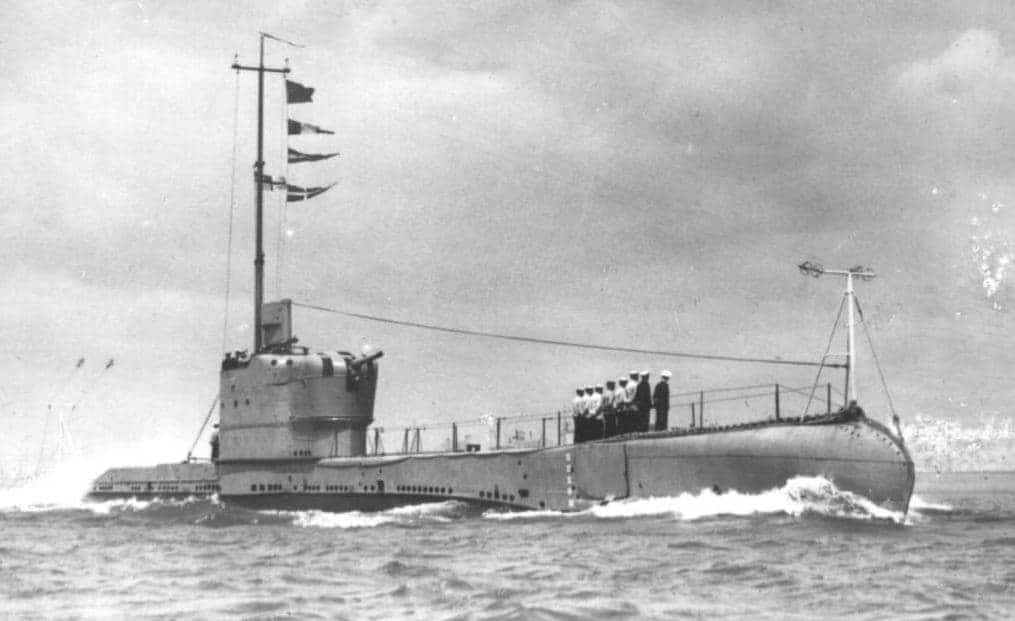World War II was not kind to any Navy. The waters of the Mediterranean Sea were particularly treacherous for naval vessels. There were all sorts of perils for a submarine in those days. They could be sunk from land or air, they could be damaged by other submarines and ships, but most dangerous of all were the mines that were planted by the Germans and Italians.
As World War II heated up, the U.S. and British Navies played larger roles in the war. As they did in World War I, the Germans were devious in their use of anti-ship and anti-submarine ordnance. This became even more popular for them in World War II, as their enemies had much larger navies to rely on.
The casualties caused by German and Italian mines is astonishing. According to historical sources, as many as two fifths of all submarines that sailed into the Mediterranean Sea were sunk. Almost nobody survived once a submarine had been damaged by one of these mines. In fact, only four people are known to have survived a submarine tragedy during all of World War II.

One of the most astonishing escapes happened in December of 1941. A man by the name of John Capes was a stoker (a form of machinist) on the HMS Perseus, which was sailing towards Alexandria through the Mediterranean.
Capes was not a member of the crew, but was instead a hitching a ride, as he was being transferred between submarine corps. His new destination was a base in Alexandria, Egypt. This, as we’ll talk about later, would cause a lot of doubts about his story, as he was not on the crew manifest, leaving him with no proof that he was ever on the submarine.
On December 6, the HMS Perseus was off the coast of Greece recharging her batteries when it hit a mine field, and quickly sunk to the bottom of the sea. Capes was in his bunk when the explosion hit the sub, and was thrown across the room.
At the time, the submarine was (according to the depth meter) at a depth of 270 feet, much deeper than the escape gear they had on board was rated for (only 100 feet). In reality the sub was only at 170 feet, but it was still a daunting depth, making it even harder for anyone to survive a trip to the surface.
After attempting to save several fellow crew members, he took a drink of rum, and floated to the surface. When he reached the surface, he was overcome with pain (decompression sickness due to the depth he was at versus that at the surface), and then swam to nearby land. None of the people he attempted to save were ever found. Whether they were already dead because of the blast, or if they died from the trip to the surface, we don’t know.
It took him nearly a month of being healed and passed between the Allies to finally make it Alexandria, where he would tell his story. That is where he would discover his problems. No one seemed to believe that he survived the explosion. Usually when a submarine was sunk, everyone died. Life support systems along with the terrible pressure at the bottom of the sea, usually meant that any survivors were quickly overcome.

